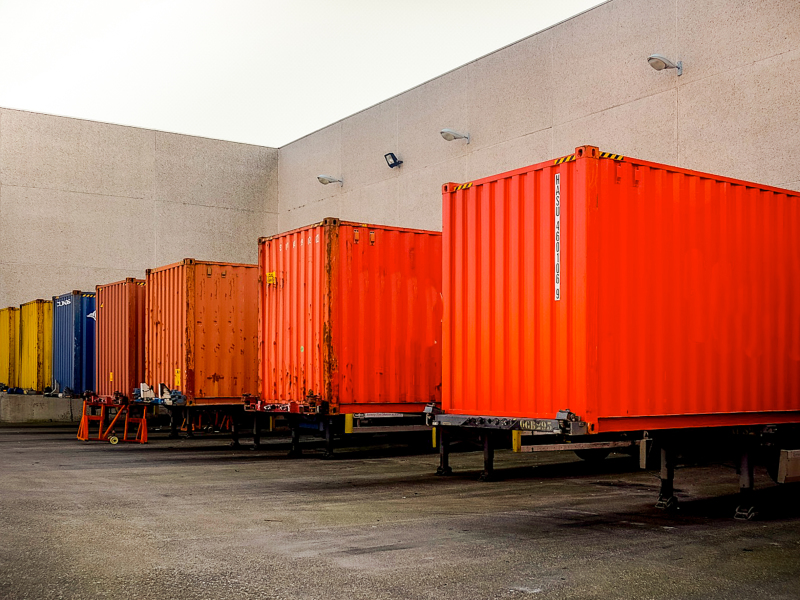e-Freight
12.34
From 2012 to 2013
The e-Freight initiative streamlines information exchange in multimodal freight transport to reduce inefficiencies and make better use of transport infrastructure. TML evaluated the economic, social, and environmental impacts, in particular cost reduction and impact on the internal market, using the EDIP model and TREMOVE data.
The е-Freight initiative addresses inefficiencies in information exchange for freight transport (whether multimodal or not). Such inefficiencies lead to increased administrative costs, apparent complexity of multimodal transport, and ultimately to underutilisation of multimodal transport and non-optimal use of existing transport infrastructure, due to the following four main reasons:
The e-Freight initiative focused on optimising information exchange for multimodal freight transport, by creating the right framework to streamline the electronic flow of information - related to the physical flow of goods. It mainly focused on simplifying information exchange and communication between different actors in the transport process (transport supply and demand, network operators, and transport regulators) through the more intensive use of information and communication technologies (ICT). The main objectives were the following:
In this study, TML evaluated the economic, social, and environmental impacts. In particular, we addressed the reduction of costs and administrative burdens for different parties and the change in costs for companies or authorities, as well as the impact on the internal market, multimodal developments, safety, and security. To this end, we used the EDIP model and data from TREMOVE.
The е-Freight initiative addresses inefficiencies in information exchange for freight transport (whether multimodal or not). Such inefficiencies lead to increased administrative costs, apparent complexity of multimodal transport, and ultimately to underutilisation of multimodal transport and non-optimal use of existing transport infrastructure, due to the following four main reasons:
- Lack of interoperability between existing information systems of shippers, logistics service providers, etc.
- Duplication of information submission: operators have to submit information through different transport documents (CMR by road, Bill of Loading for maritime transport, etc.), but also often submit the same information several times for different reporting purposes.
- Lack of information on multimodal transport services and multimodal booking tools, leading operators to consult different sources for information on available services. This creates inefficiencies in setting up multimodal operations.
- Lack of integration of information coming from track-and-trace technologies as well as from new intelligent cargo applications (self-aware, context-aware and connected cargo) in freight information systems.
The e-Freight initiative focused on optimising information exchange for multimodal freight transport, by creating the right framework to streamline the electronic flow of information - related to the physical flow of goods. It mainly focused on simplifying information exchange and communication between different actors in the transport process (transport supply and demand, network operators, and transport regulators) through the more intensive use of information and communication technologies (ICT). The main objectives were the following:
- Improving interoperability between freight transport information systems.
- Envisaging the possibility that operators need to input information only once throughout the multimodal logistics chain for planning, execution, monitoring, and reporting purposes.
- The development of compatible information and booking tools (such as multimodal journey planners for freight) for optimal use of multimodal transport opportunities.
- The development of a structure for using information derived from track-and-trace technologies and from intelligent cargo applications.
In this study, TML evaluated the economic, social, and environmental impacts. In particular, we addressed the reduction of costs and administrative burdens for different parties and the change in costs for companies or authorities, as well as the impact on the internal market, multimodal developments, safety, and security. To this end, we used the EDIP model and data from TREMOVE.


